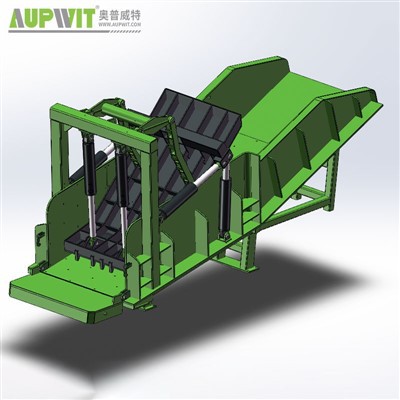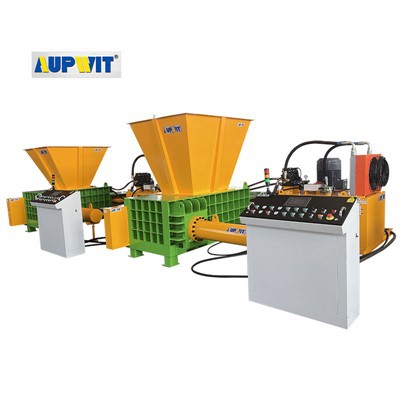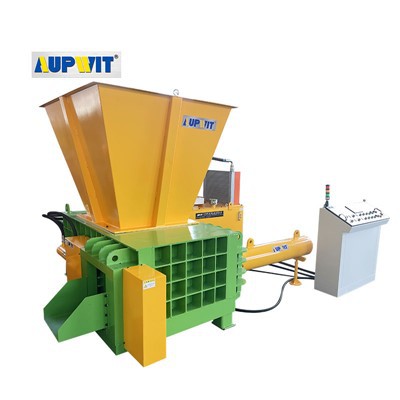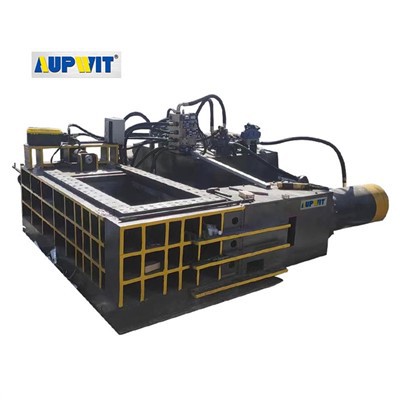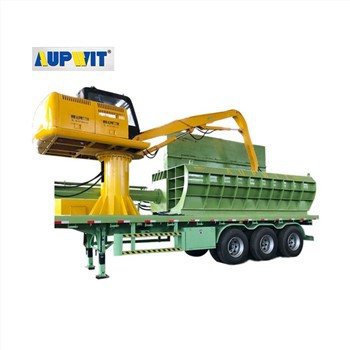Precision Analysis of Angle Shearing Machines
1. Accuracy of Basic Models
- Ordinary, basic angle shearing machines meet the basic precision requirements of conventional industrial processing.
- Using a mechanical positioning device to control the shearing position, they maintain the straightness and verticality of the cut within reasonable limits.
- Suitable for applications with low precision requirements, such as general building structures and simple frames.
- Provides sufficient accuracy to ensure a basic fit when splicing profiles.
- Eliminates the need for complex post-processing adjustments, making it suitable for mass production where precision is not a priority.
2. High-Precision Control for Precision Machines
- Precision machines equipped with CNC systems significantly improve cutting accuracy.
- Digital programming of cutting parameters, combined with real-time monitoring of profile position by high-precision sensors.
- Enables precise control of cutting dimensions with smooth, even cut edges and minimal dimensional deviation.
- Meets stringent precision requirements in fields such as precision machinery manufacturing and electronic equipment frames.
- Reduces the need for subsequent finishing steps, improving overall production efficiency.
3. Key Factors Affecting Precision
- The accuracy of the equipment's positioning mechanism directly impacts cutting accuracy.
- High-precision guide components (ball screws, linear guides) offer more accurate positioning and minimize cutting deviation.
- The sharpness of the cutting edge and the accuracy of its installation are crucial - wear or misalignment reduces precision.
- The equipment's rigid structure minimizes deformation during cutting, preventing accuracy deviations.
- Vibration control ensures long-term, stable precision.
4. Auxiliary Designs for Precision Assurance
- High-end models feature automatic compensation that adjusts cutting force/speed based on material properties.
- Real-time monitoring systems detect and correct deviations during cutting.
- Well-designed fixtures ensure secure profile positioning during cutting.
- Prevents slippage or shifting that could affect precision.
- Provides foundation for high-precision cutting and stable long-term performance.


